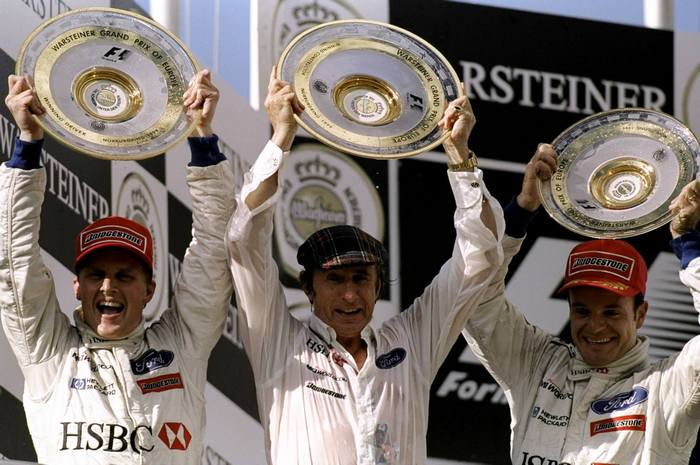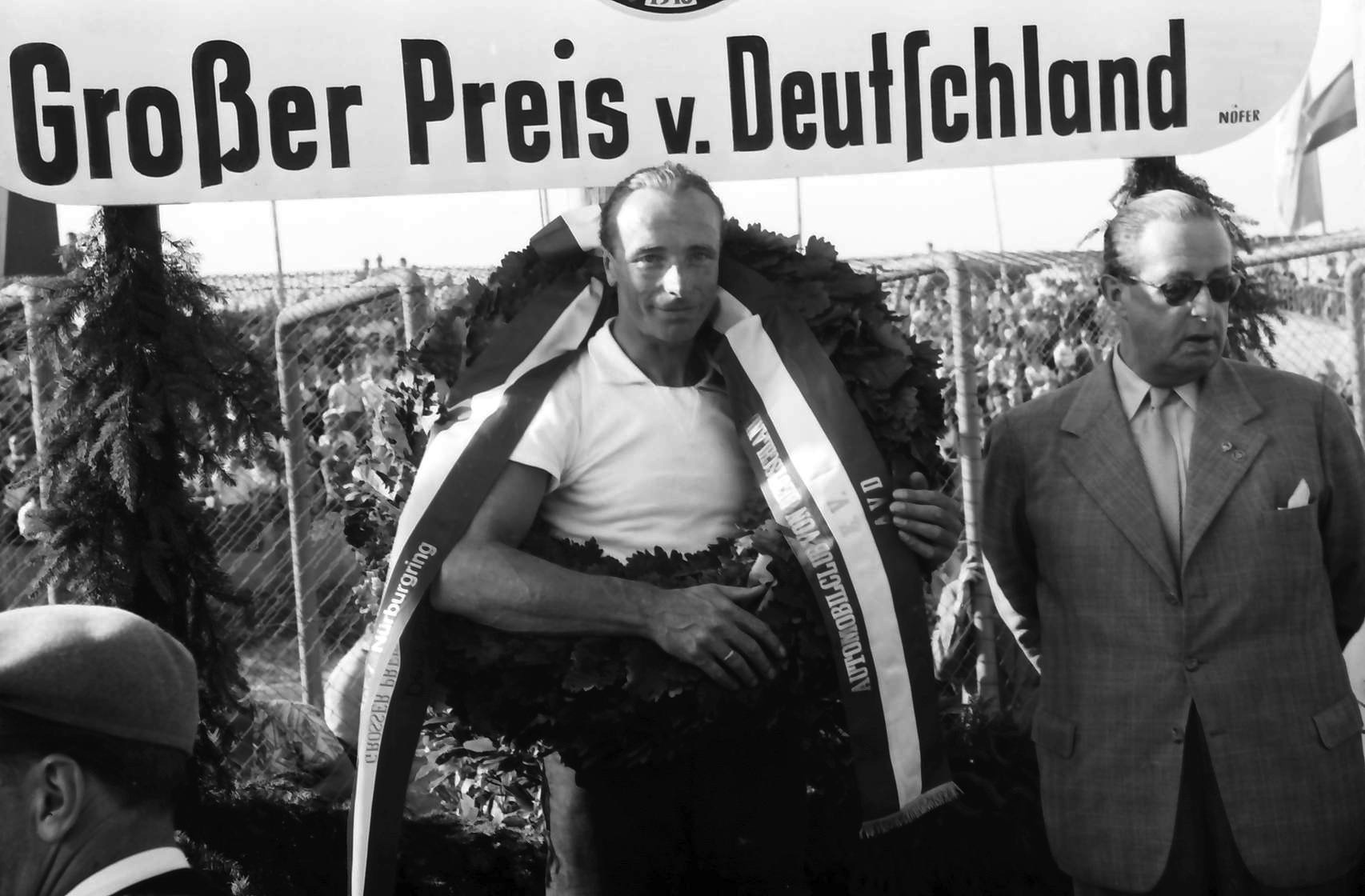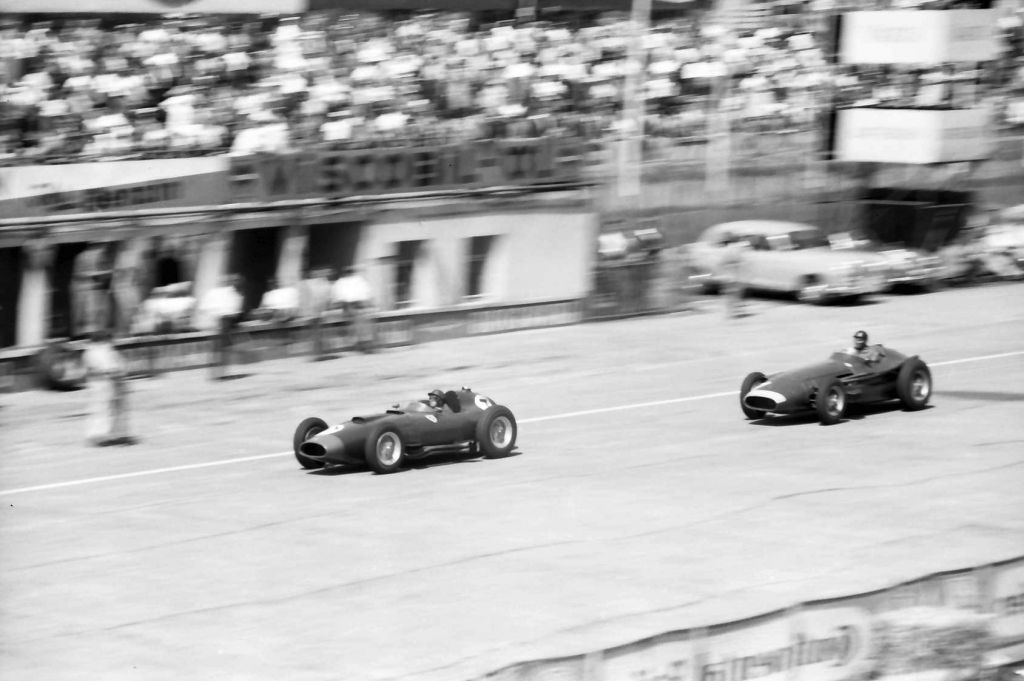The underdog. Why do we love them so much, huh? There’s just something about witnessing the flawed become bulletproof; when a driver’s stars align for that one glorious time, a team defies all the odds, or even both, it’s an occasion like no other.
And when I think of underdogs in Formula One, I catch my mind thinking back to the 1999 season. Heinz-Harald Frentzen challenging for the championship with the privateers Jordan after a sour exit from Williams, Eddie Irvine mounting his only title challenge, Mika Salo’s mid-season super sub duties… there were plenty of them.
That year’s European Grand Prix symbolised the theme of the season perfectly in that regard. The weekend started with the Drivers’ Championship in the balance – both Mika Hakkinen and Irvine were level-pegging at the top on 60 points, Frentzen’s annus mirabilis had him just ten points behind on 50 and David Coulthard was just behind on 48. Michael Schumacher was still nursing his broken foot sustained at the British GP, leaving Mika Salo to fill his vacant seat at the Scuderia.
The day belonged to a team that would cease to exist as we know it the next year, though: Stewart Grand Prix. Late in the day, short on the margin, it never seemed as though three-time World Champion Jackie’s namesake outfit would replicate even one of his wins. Neither did it seem like their elder driver, Johnny Herbert, would have time left to add to his two Grand Prix victories, and was fast becoming a set-in-stone figure in the history books.
So when he qualified 14th for the race, all hope of that changing was a pipe dream. Frentzen took pole to continue his own underdog story, while Irvine was 9th, behind Coulthard and Hakkinen in 2nd and 3rd. Herbert’s teammate Rubens Barrichello, he himself a Stewart defective to Ferrari for 2000, was just behind him in 15th.
The race began with a delayed start, as Williams’ Alex Zanardi and Minardi’s Marc Gene lined up out of sequence on the grid. The top five cars all jumped the start, but their blushes were saved. When the start did take place, it wasn’t long before the real drama started – Damon Hill’s Jordan suffered an electrical failure on the first lap, causing Alex Wurz to swerve into Pedro Diniz and send the Sauber driver into a dramatic barrel roll.
Diniz was able to walk away from the shunt, and while the race began to mellow as far as the rigidity of carbon was concerned, the fate of other mechanical parts across the grid were to be far worse. The top six remained static for the opening stint – Frentzen led with aplomb from the McLaren duo led now by Hakkinen, Ralf Schumacher, Giancarlo Fisichella and Irvine. Not long after the Irish title hopeful passed Fisichella though, did the rain begin to pour.
And the raindrops sparked the rising of a tech-xodus. Hakkinen and Irvine were the first to blink, but Ferrari’s pit crew had their new hope wait 28 seconds in a delayed stop, dropping him down the field. The dice of retirement rolled on race leader Frentzen first, striking down his Jordan with the same technical failure his teammate Hill suffered. His title ambitions were dented, and the story of the underdog had its ink smudged.
The racing gods sought to clean up that ink, when they oversaw the next drop-out – Coulthard gambled on dry tyres in the worsening conditions, and on lap 38 his McLaren met its maker in the barriers. Fisichella inherited the lead ahead of Schumacher after Hakkinen was forced to conceding into replacing his wet tyres with new dries, and under the radar unexpected stars were emerging.
Lap 49 saw Fisichella spin out in another botched case of leader’s demise, kissing his maiden victory into the arms of a man seeking his own first. As soon as it was sent his way, however, a rear tyre puncture cruelly denied him the chance to notch Williams’ first win in almost two years, and left him ruing what could have been along with a string of broken-hearted challengers. But the next inheritant of the lead was to have his day against the odds.
Herbert had been building a head of steam all race long, and emerged from the lower reaches of the podium before the final double-blow into an unlikely lead, shouldering the weight of his team’s prayers. Hakkinen and Irvine were scrambling to keep their title hopes alive while a sea of malnourished drivers were enjoying the photosynthesis of World Championship points – they just had to cling onto them. Minardi hadn’t scored in four years, so when Luca Badoer found himself in fourth with 13 laps to go tears were beginning to flood in the eyes of Faenza faithful.
There were tears that lap, but they were ones coming agonisingly from Badoer – his car broke down, and he broke down with it by the side of the track. Jarno Trulli was a fine second for Prost Grand Prix just ahead of Barrichello in the second Stewart, and it was to stay that way come the end of the race. The podium was filled out for the first, and so far the only, time with teams named after and owned by ex-F1 drivers. Gene managed to salvage a point for Minardi, taking the private champagne back off the ice. But this was Johnny’s day, and even Hakkinen’s fighting fifth couldn’t dampen the energy around him and his team.
With just one more season on the horizon, this marked the end of Johnny’s podium escapades. None tasted sweeter. Unlike the other two, there was no shade of a World Champion hanging over him, nor a winning machine expecting of such results. This time the underdogs had their day all to themselves. Aside from the attrition, aside from the battles, aside from the conditions, the reason Europe 1999 was so brilliant is because of the message it sent. You can be in a race against time, with the worn tyres of doubt and the broken front wing of resignation, but as long as you stay in the race, your day will come. It’s why we love the underdog, after all.


